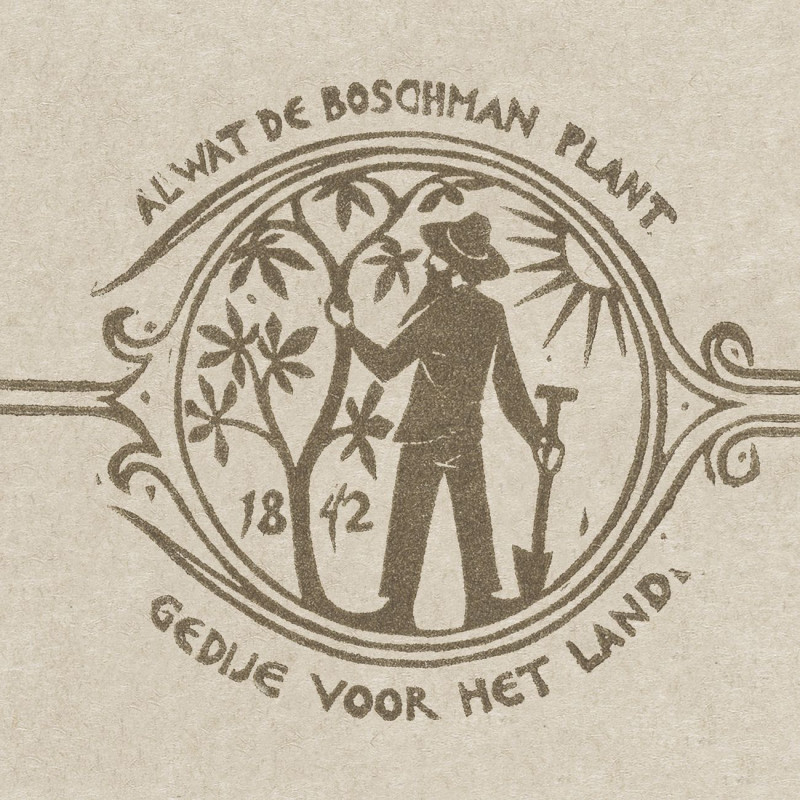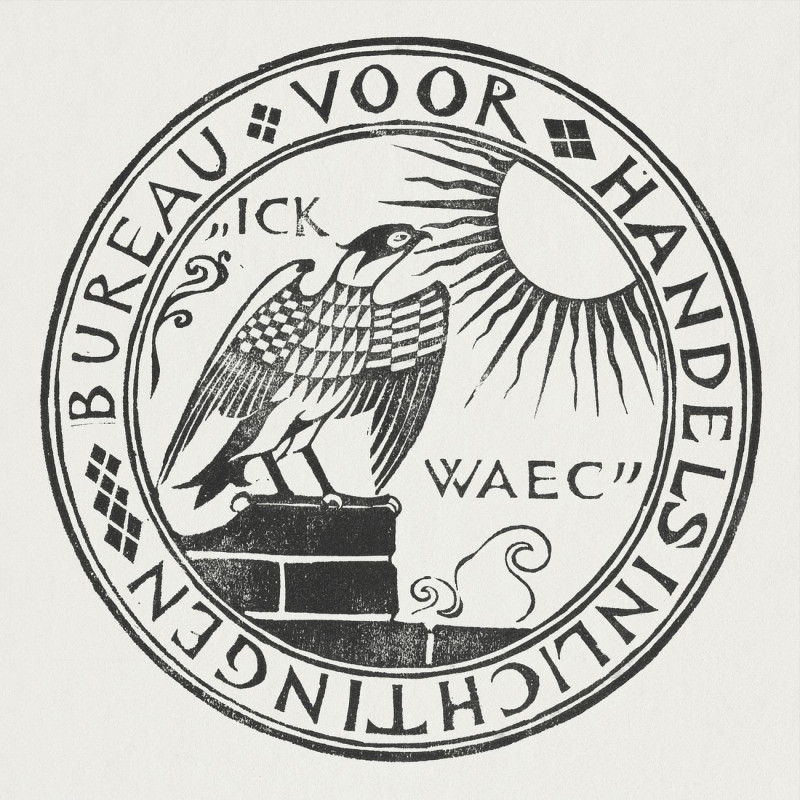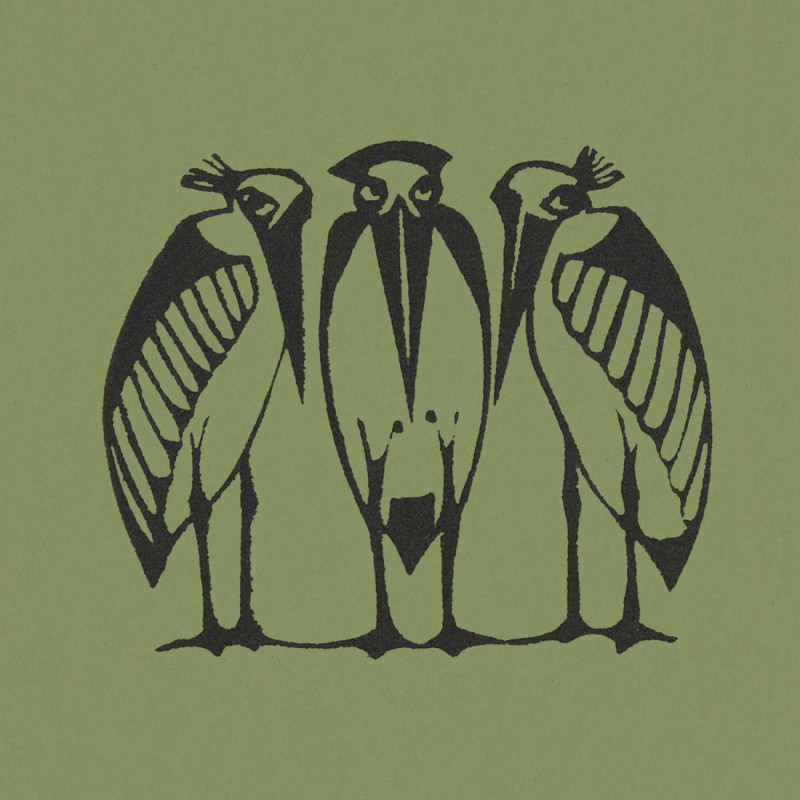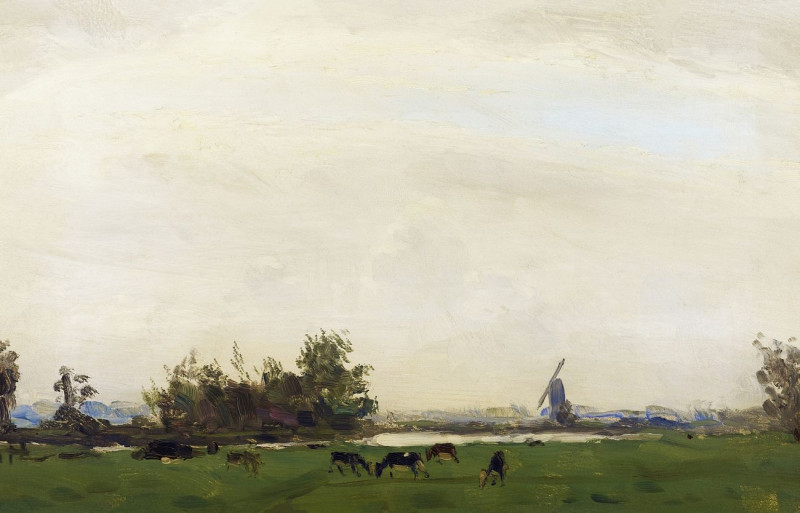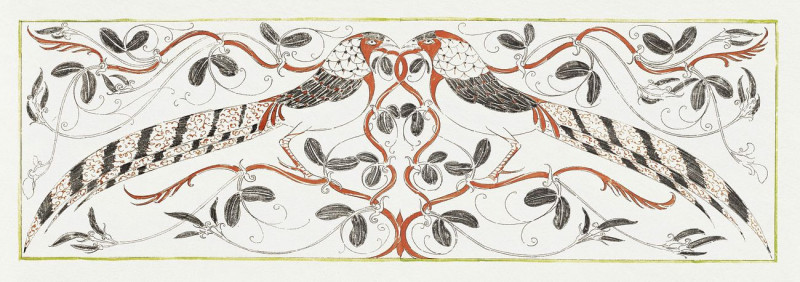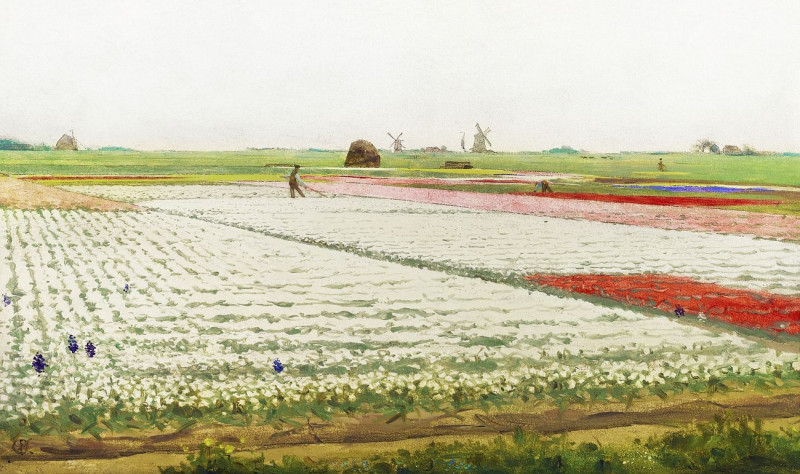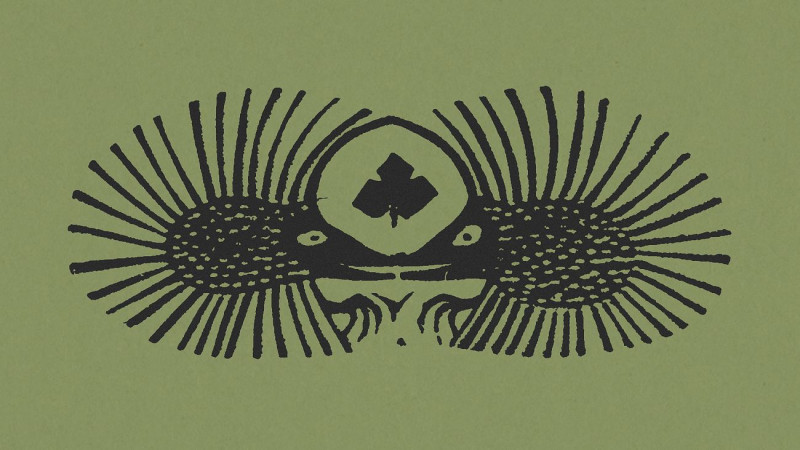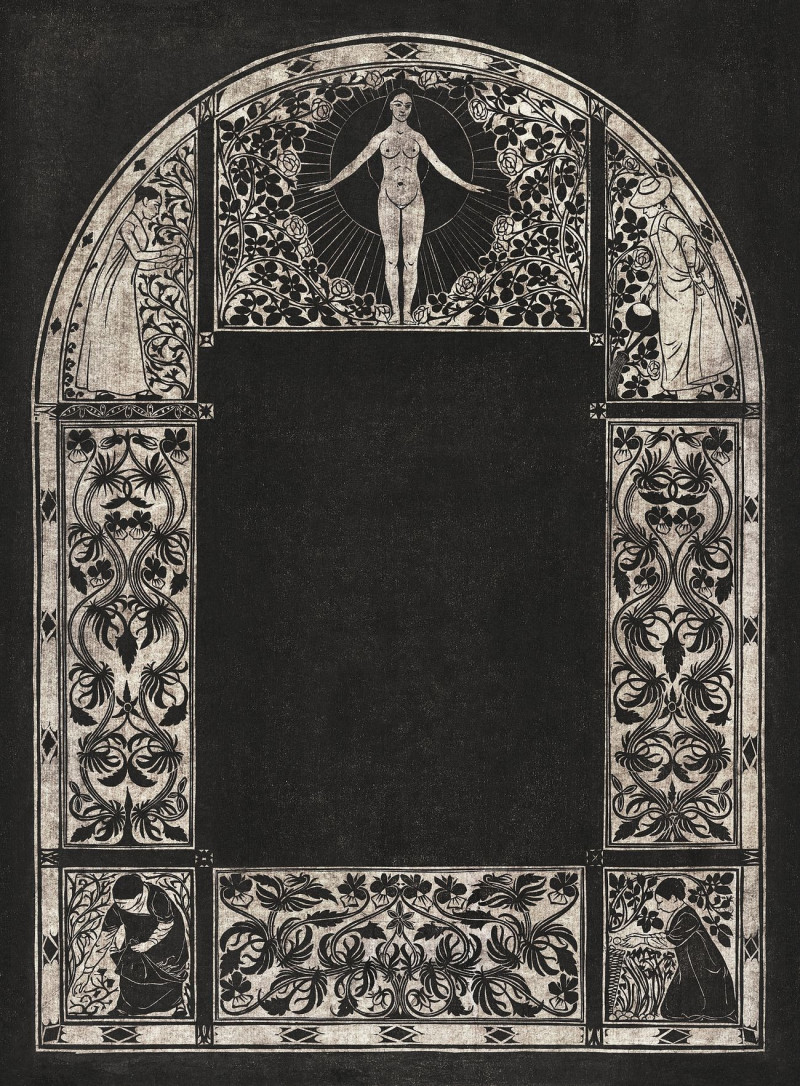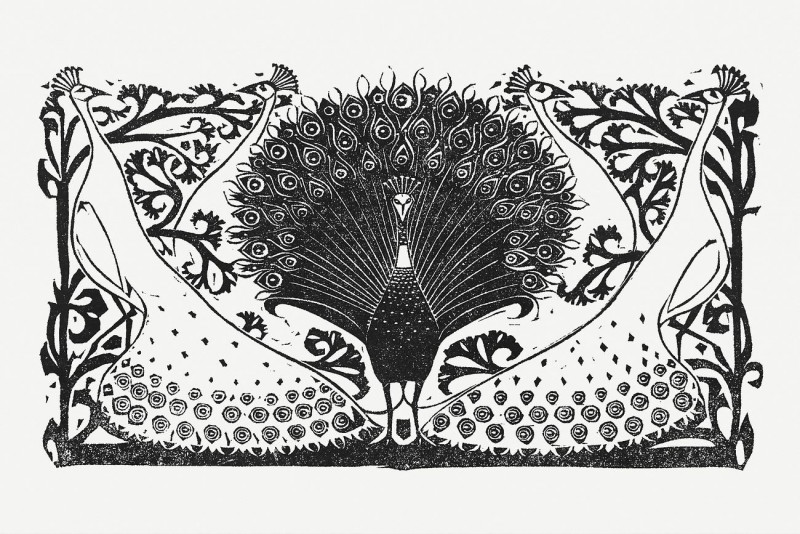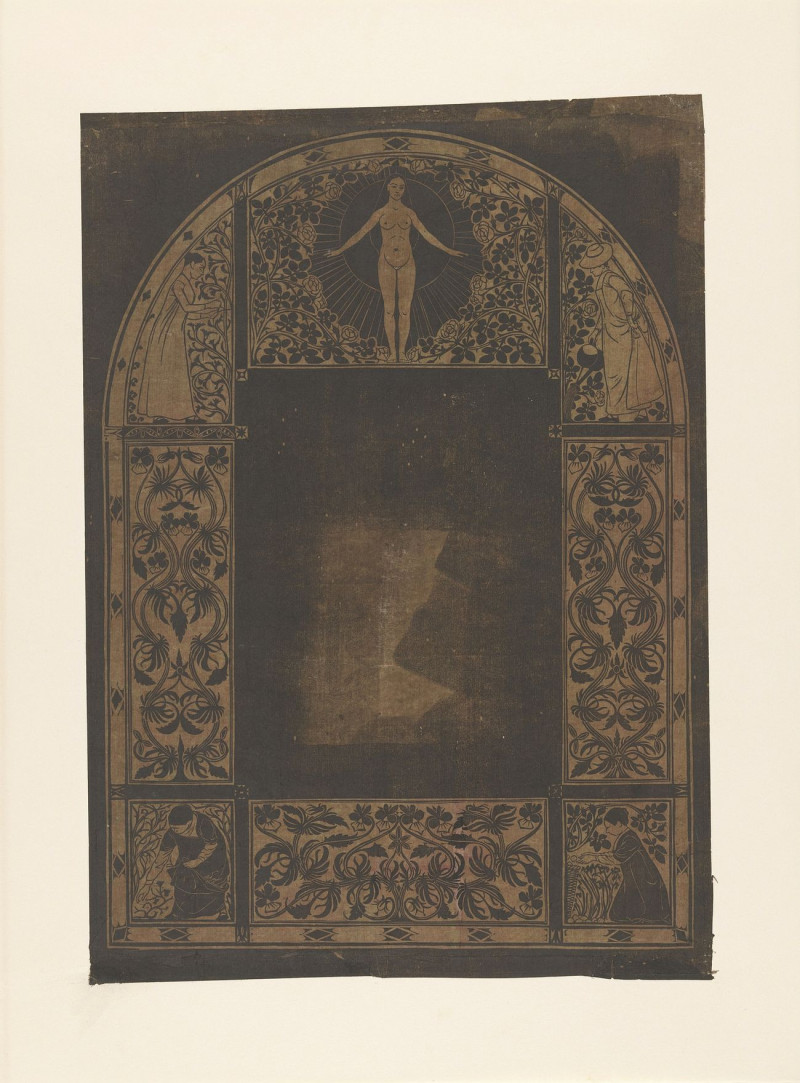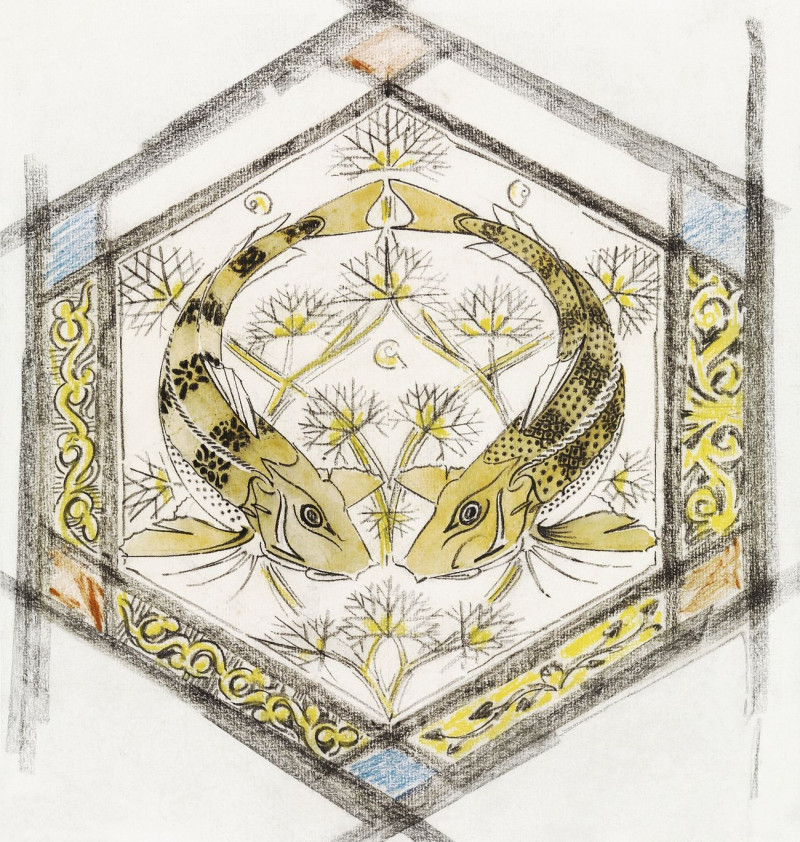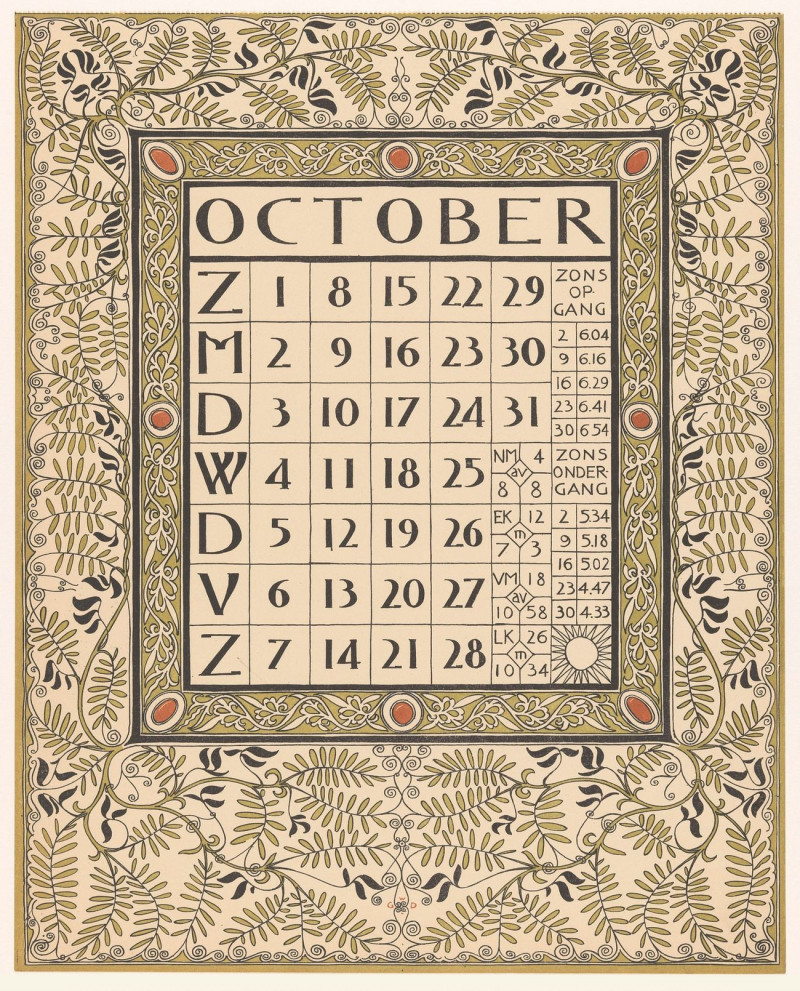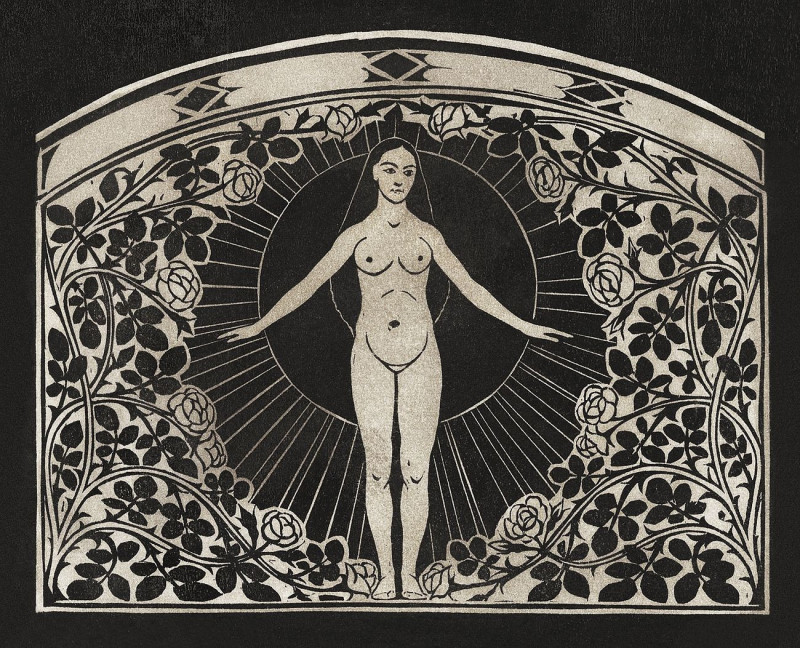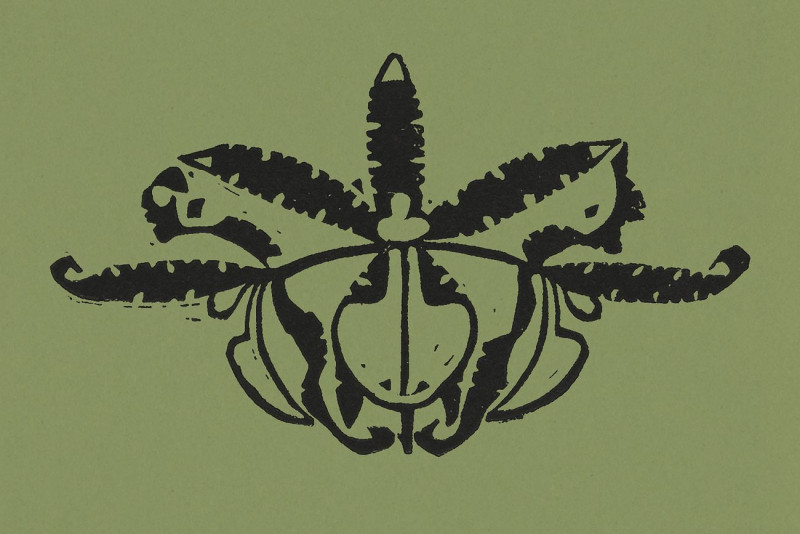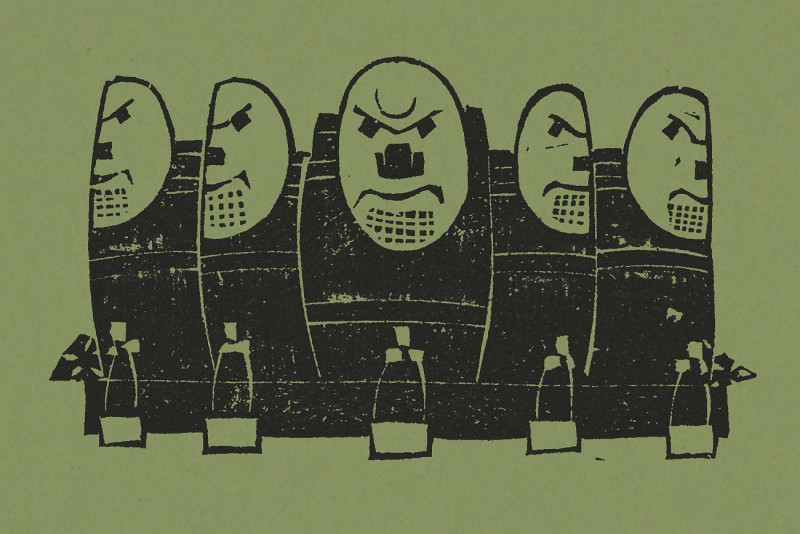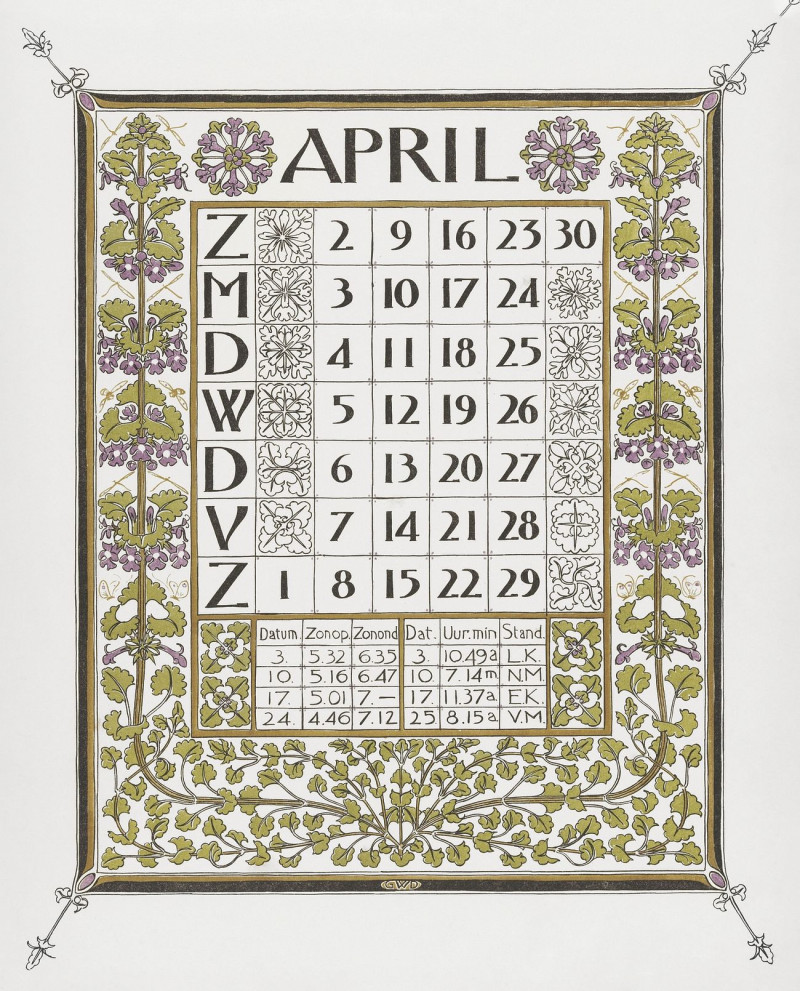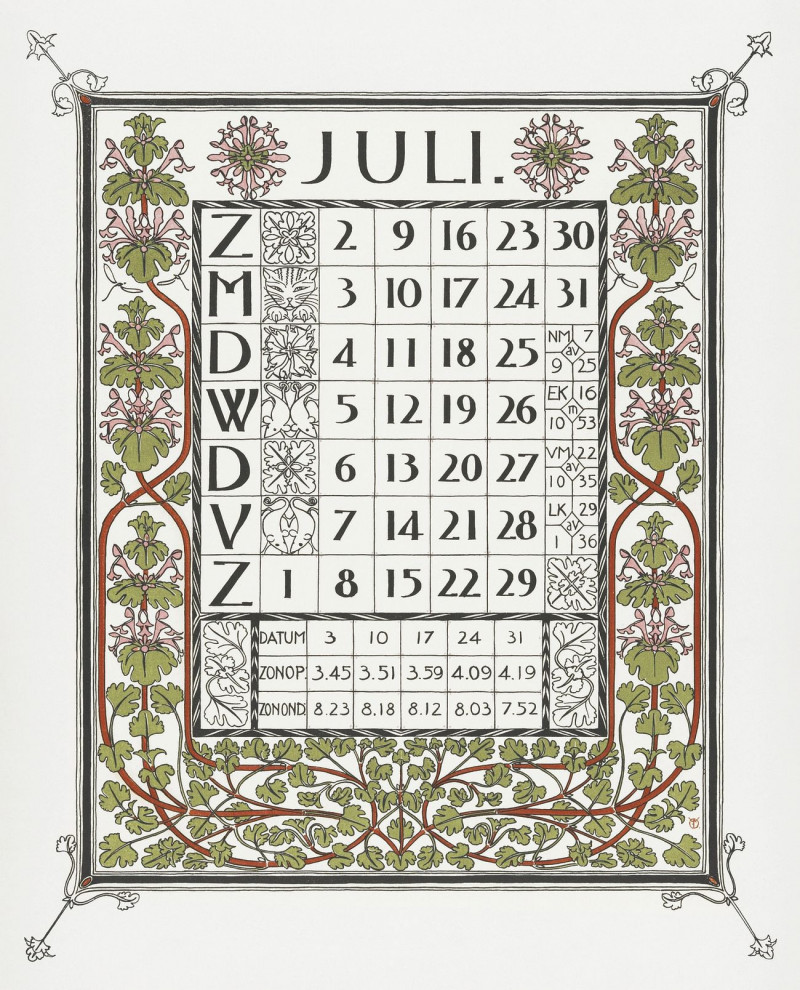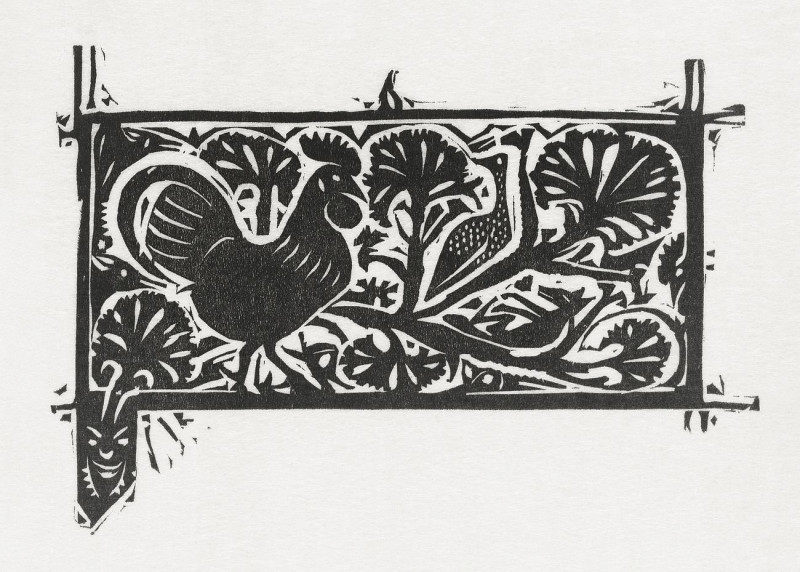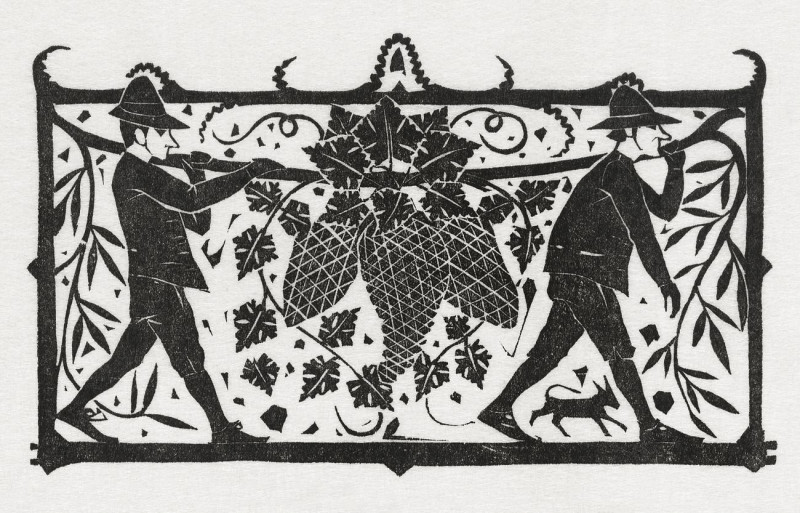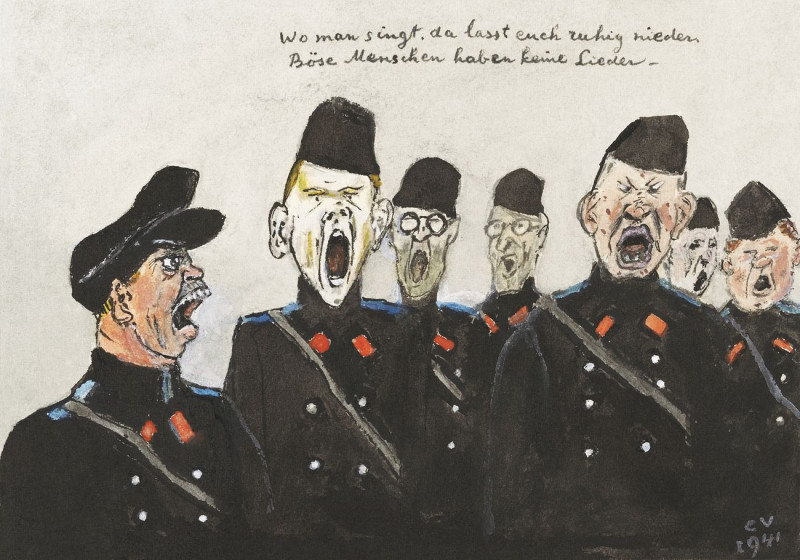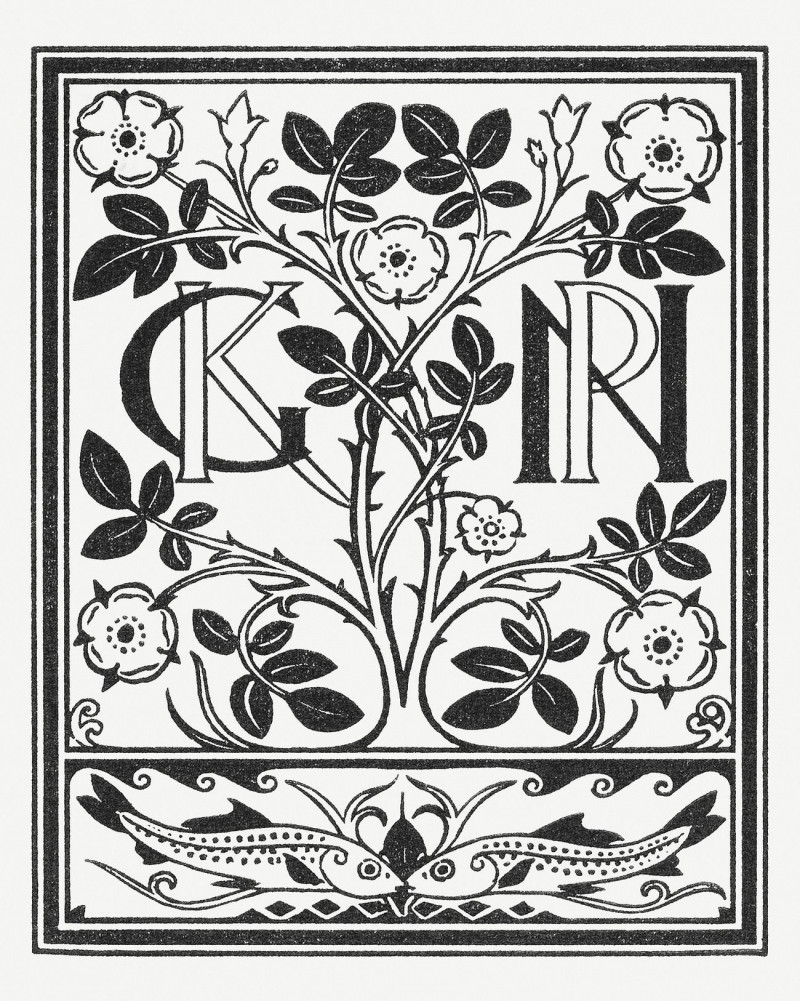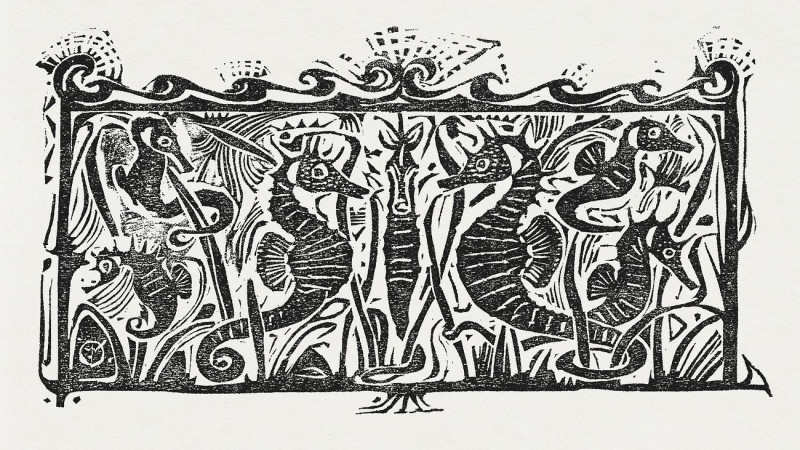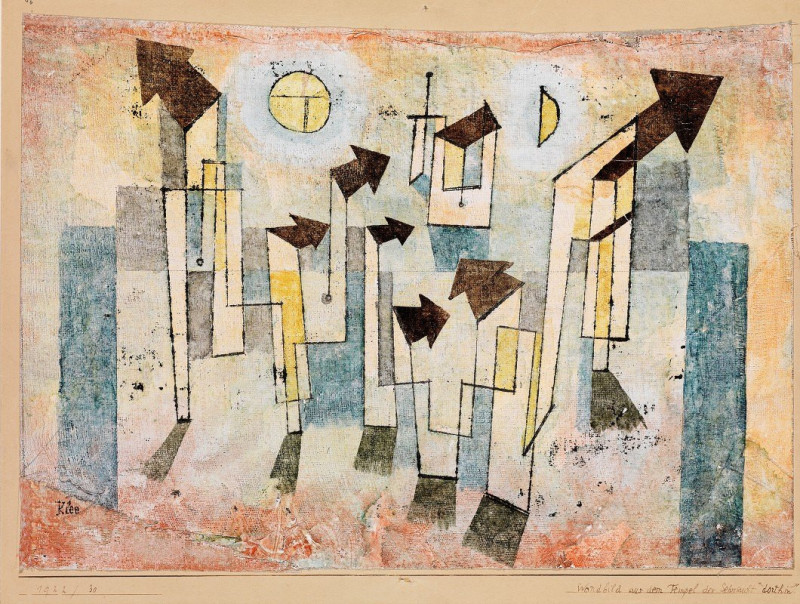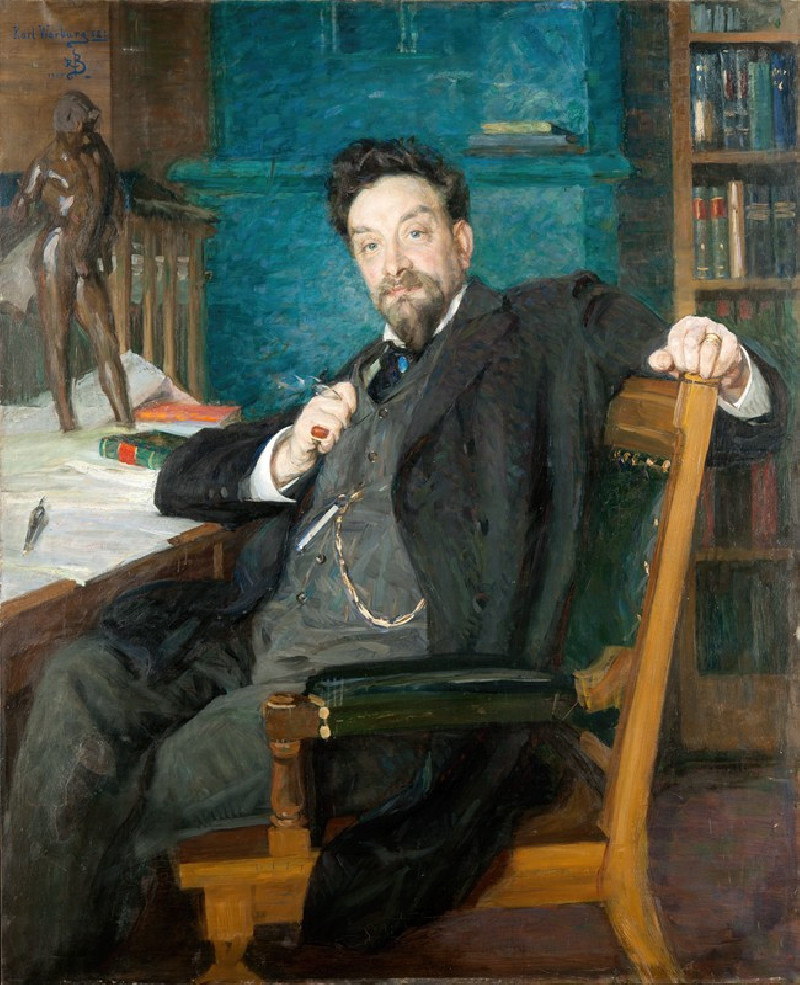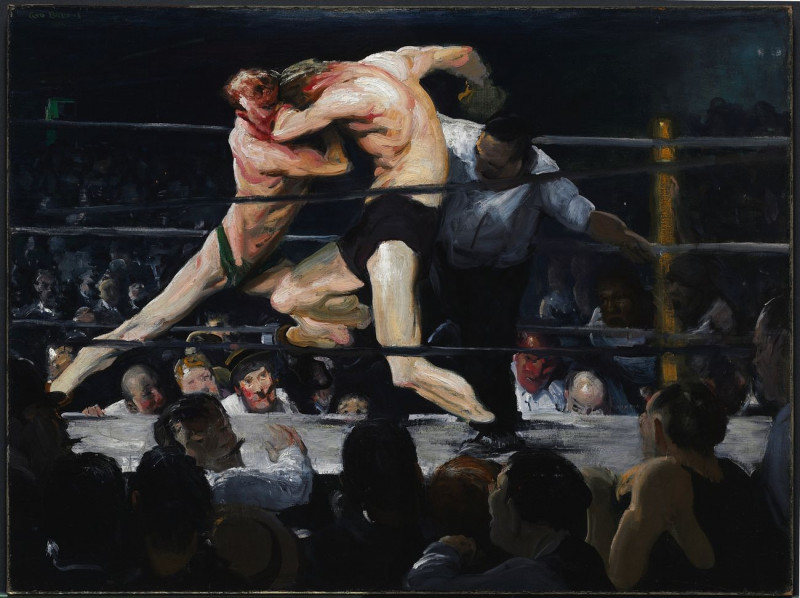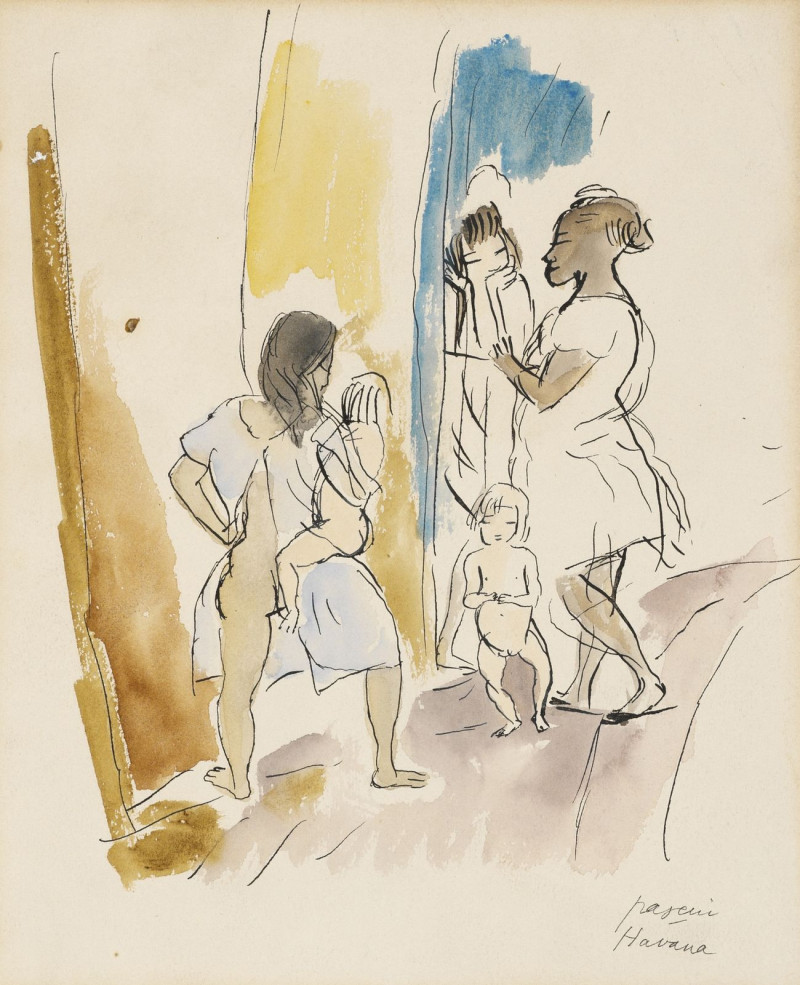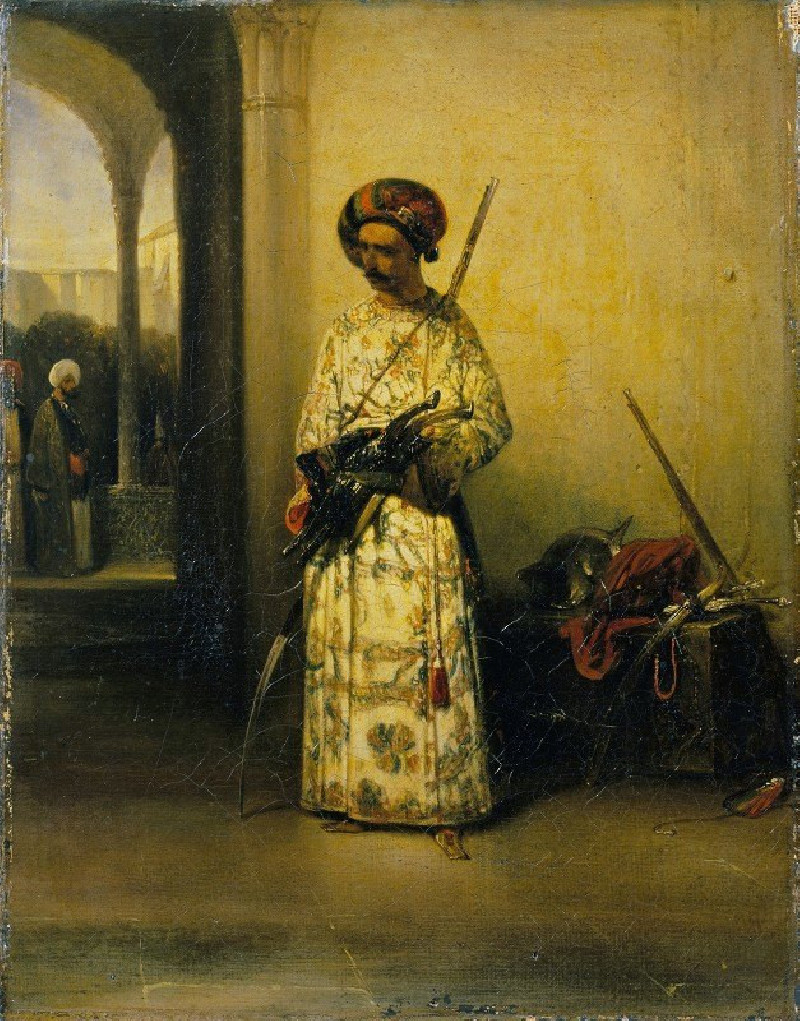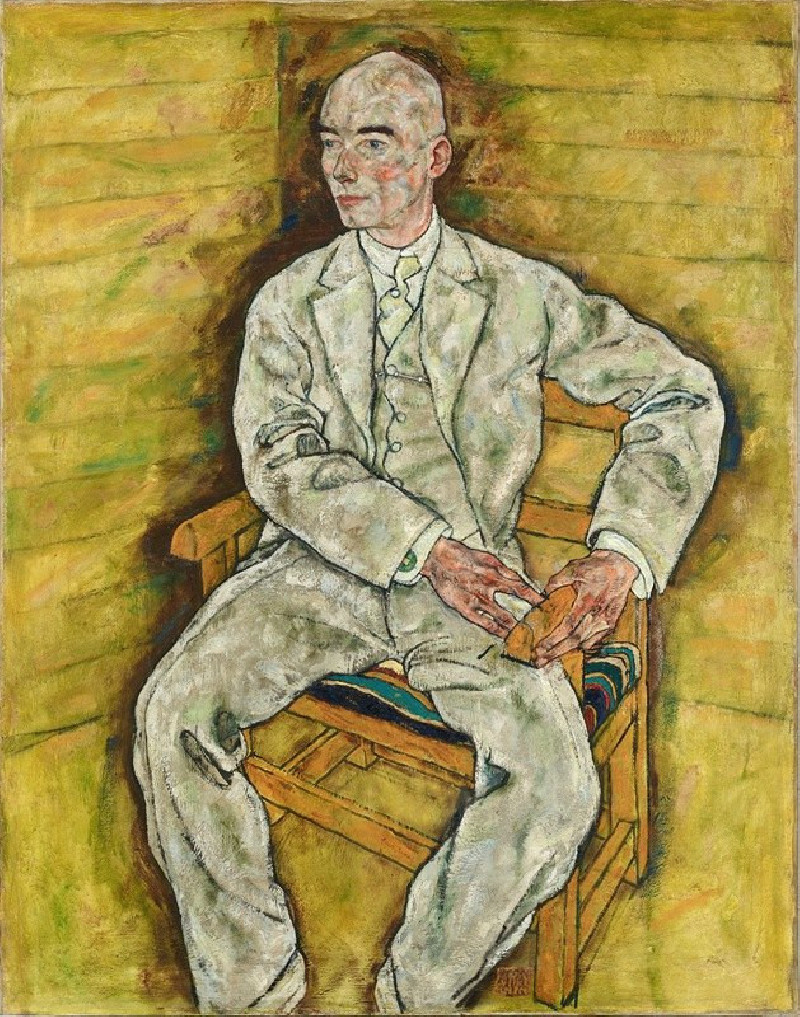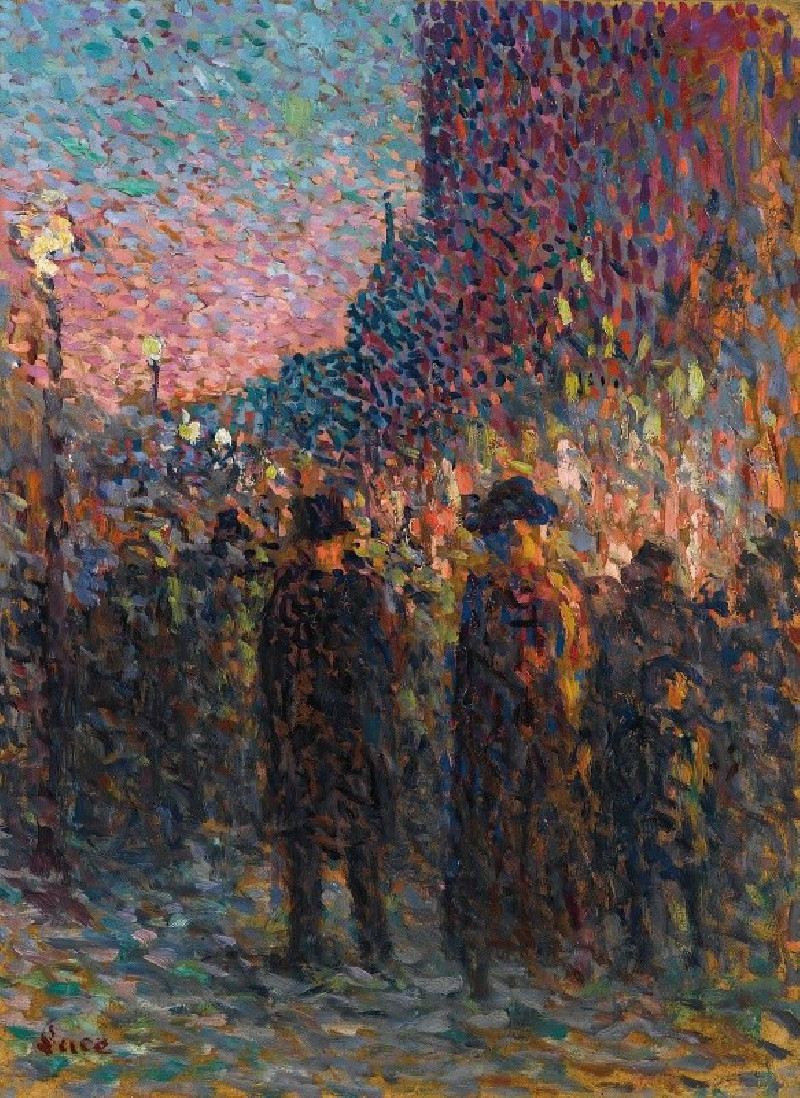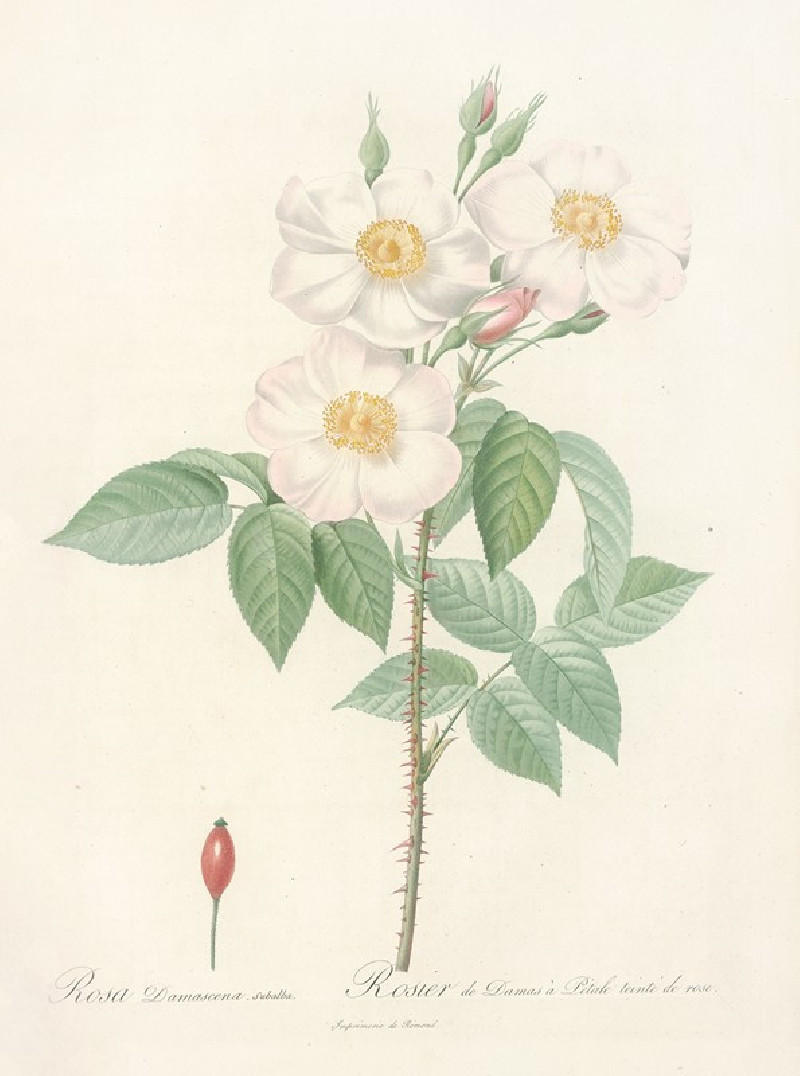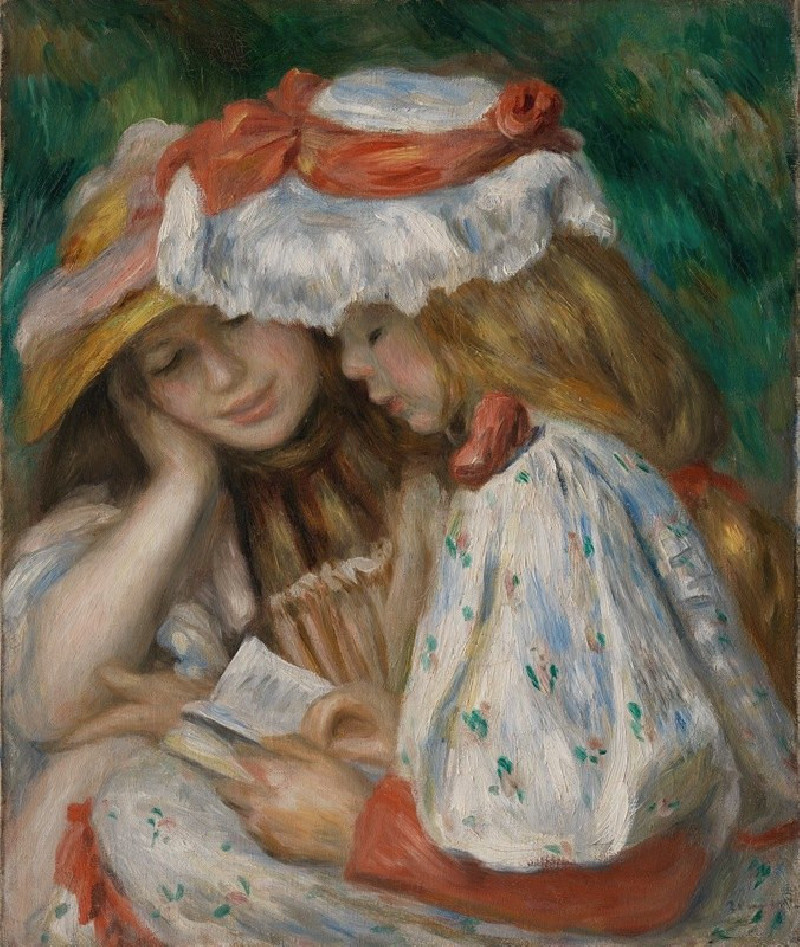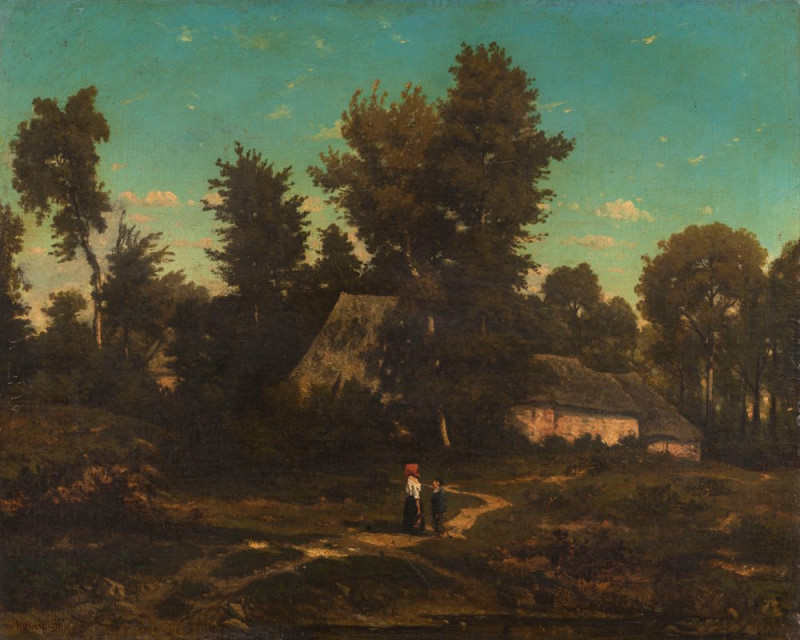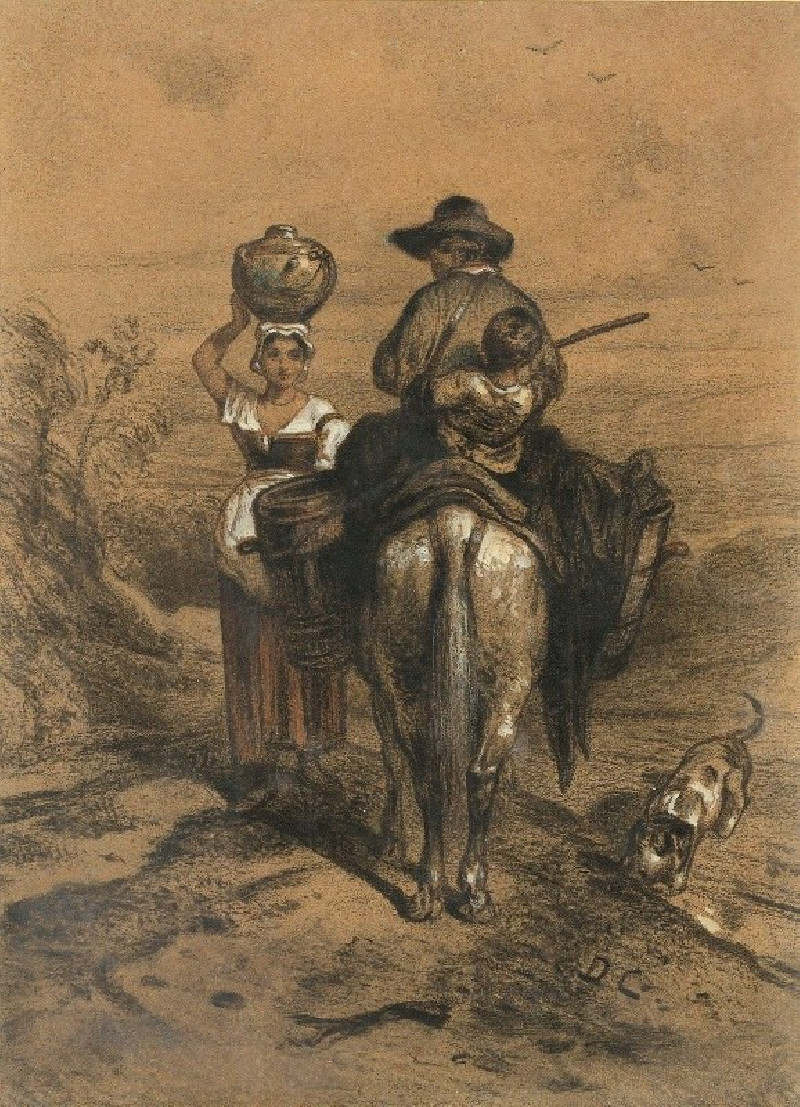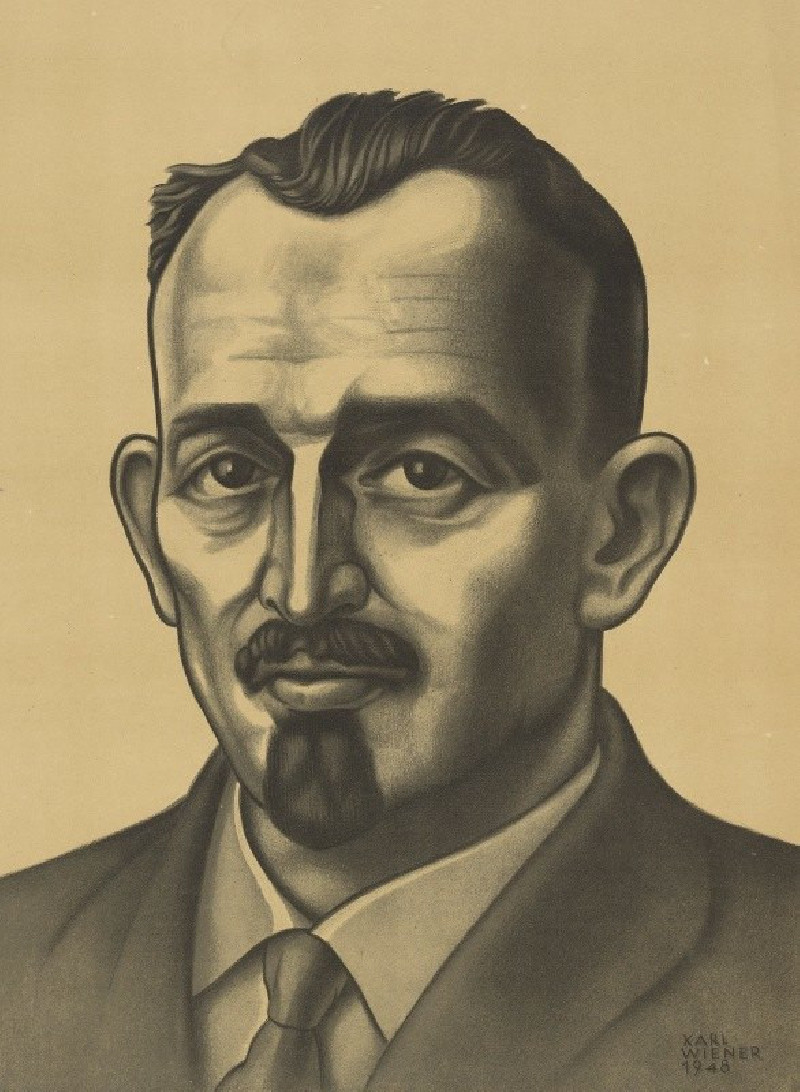Vignet Met Een Man Die Een Boom Plant
Technique: Giclée quality print
Recommended by our customers
More about this artwork
This artwork by Gerrit Willem Dijsselhof, titled "Vignet Met Een Man Die Een Boom Plant," is a vintage vignette design that reflects a keen sense of style and composition typical of the Arts and Crafts movement in the late 19th and early 20th centuries. The imagery and text within the circular frame create a harmonious blend, conveying a powerful ecological and cultural message.Centered in the vignette is the silhouette of a man engaged in planting a tree. He stands in side profile, with one hand stabilizing the young tree and the other holding a spade, suggesting the action of tending or planting. The man wears what appears to be a loosely fitted shirt and a wide-brimmed hat, which evokes a rustic or pastoral vibe, aligning with the artwork's theme of nature and cultivation.Surrounding the man are stylized decorative elements that include plants and a flowing, ribbon-like outline that encapsulates the scene. The plants, possibly trees, echo the central activity and emphasize the importance of forestry and agriculture.The textual elements add further meaning to the composition. At the top, the phrase "AL WAT DE BOSCHMAN PLANT" translates to "Everything the forester plants," highlighting the role of the individual in nurturing the environment. The date "1842" seen beneath this text could indicate historical significance or reference a specific event or era related to forestry or environmental conservation in the Netherlands.
Delivery
Returns
Gerrit Willem Dijsselhof (1866-1924) was a Dutch painter and decorative artist from the Arts and Crafts Movement, which held great importance in the area of Dutch Art Nouveau. He was one of the founding members of the association “Labor et Aartes” together with other students from the art academy in Hague. Dijsselhof was an all-round artist who created furniture, bookbindings, textiles, embroidery patterns and more. He was inspired by the great artists of the movement such as William Morris and Walter Crane.

